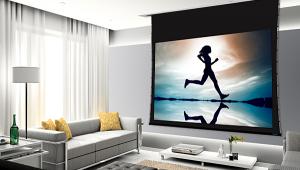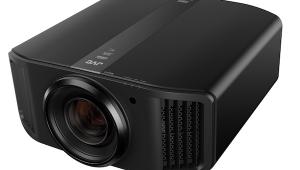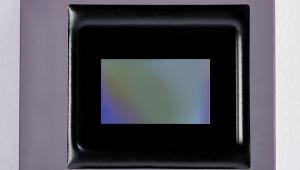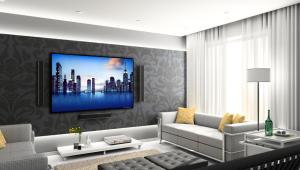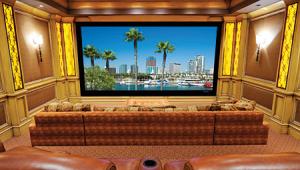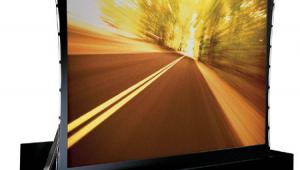Where The Money Goes: Those Elusive Projectors
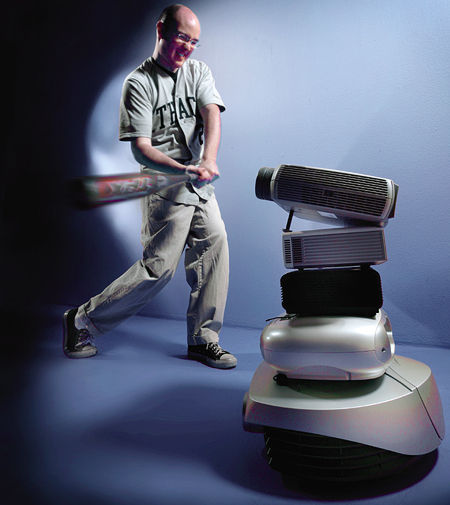
Obvious Stuff
Projectors, more than other A/V products, have many obvious aspects that vary almost directly with price. Resolution is the biggest one. It's unlikely that you'll find a 1,280-by-720 projector for $1,000. Resolution goes up with price, but not in any logical fashion. You can buy a 1,280-by-720 projector for anywhere between a few thousand to a few tens of thousands of dollars. For a little less money (there are some at similar prices, as well), there are projectors with resolutions of 800 by 600, 852 by 480, 1,024 by 576, and 1,024 by 768. At the very top of the heap are 1,920-by-1,080 projectors.
The other most obvious feature that scales with price is interactivity and connectivity; that is to say, RS-232, 12V triggers, number and types of inputs, and so on. However, projection technology doesn't tend to correlate with price. You can find inexpensive DLP projectors, expensive LCD projectors, and vice versa. LCOS projectors tend to be more expensive.
The Not So Obvious
Just as you wouldn't expect a disposable camera to have the same optics as an SLR, the same is true of projectors. A projector's lens can have many effects on picture quality. A cheap plastic lens may not focus as well as a more expensive one (which could lead to less detail), or it may have internal reflections that reduce the contrast ratio. The lens can also affect picture uniformity, or the extent to which the picture is even in all parts of the screen.
Case design is another biggie. Generally, the less expensive the projector, the smaller the case. While this may not seem like a big deal, there's no way to make a smaller case as quiet as a larger one. Not that all large cases are quieter, but they are generally less noisy than their smaller brethren.
Placement options often scale with price, as well. Adjustable optics (lens shift) allow for a wider range of placement options, and they aren't usually found in the cheapest models.
A key aspect of a projector's performance is processing. The least expensive projectors (mostly business-oriented ones) tend to have poor processing that's not intended for film-based video. A few years ago, there were few home-oriented budget projectors that had decent processing, but now many do. Performance usually follows price in this regard, but not always. You can still find high-end projectors with poor processing and inexpensive projectors that have excellent processing.
Not Connected to Price
Despite all I've explained above, a projector's overall performance isn't tied directly to its price. Sure, it stands to reason that a $10,000 projector will perform better than a $5,000 one. But is it twice as good? That's a tough question that you must approach on a projector-by-projector basis. Color, brightness, black level, and processing vary greatly, regardless of price. Aesthetic design is another factor separate from price. I've seen several $30,000 projectors that I wouldn't want in my home and several $1,000 projectors that I would.
With so much competition in the lower price ranges, the quality of low-cost projectors is skyrocketing. That said, spending a little more on a product that excels in the areas I've mentioned can help you get the best performance and value for your money.
- Log in or register to post comments
